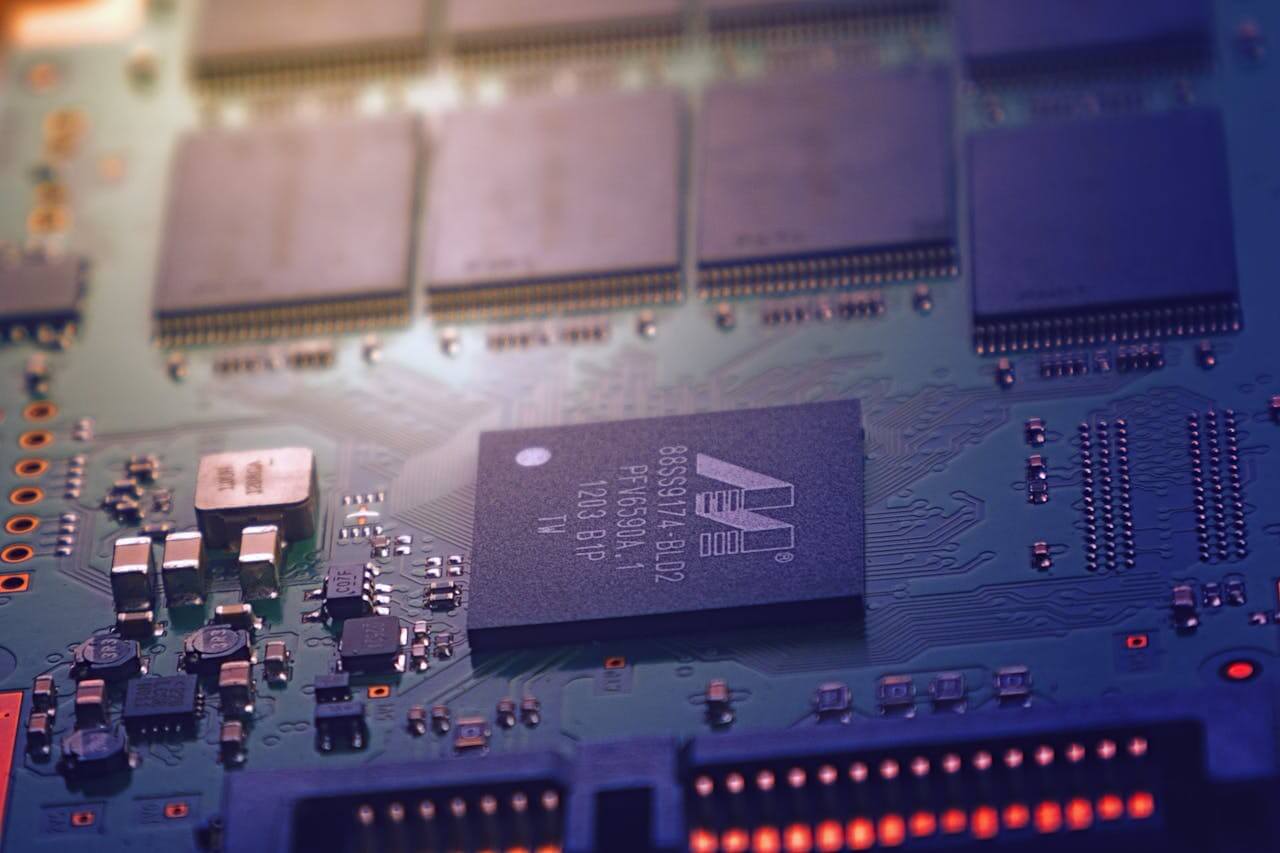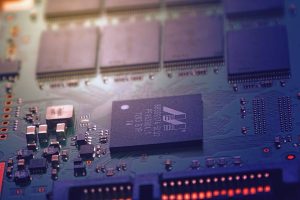
A few weeks ago, my seemingly perfectly good flagship Android suddenly went dark. I took it to the shop and, although they knew exactly what was wrong and had the expertise to fix it, they couldn’t do anything about it.
Turns out, they were short on a tiny power-management component that had suddenly become as scarce as unicorns.
I started digging into how the sausage gets made, and it eventually took me to the world of backorders, odd price spikes, and electronic component shortage solutions. A lot of work goes into keeping parts flowing when the world sneezes, but unfortunately, most of that is out of our control.
What is in our control is how we configure and extend the life of the device in our hands.

Image source: pexels
A Systematic Issue
It’s tempting to think any chip crunch is a one-off, but peer-reviewed research maps out how disruptions propagate through complex supply networks and why recovery is uneven and slow. It’s a cascade: demand spikes, capacity mismatches, logistics snarls, and a long tail of fallout hits everything from cars to phones.
Even as headline shortages eased once we were finally out of the pandemic, the ecosystem stayed jumpy. New product cycles chase cutting-edge nodes, while older devices rely on mature nodes, and both can bottleneck for different reasons.
What Can a Regular Android User Do?
You can’t spin up a wafer fab in your garage, but you can reduce your dependence on hard-to- replace hardware by squeezing more value from the software side. Here’s how:
1. Get comfortable taking back control of your device’s experience
When shortages make repairs slow or pricey, extending the useful life of what you already own becomes the smartest move. That might mean cleaning out the junk that makes a phone feel old, long before the silicon actually is. If you’re not ready to root, you can still remove bloatware without root access and reclaim performance and battery life with a little patience and the right tooling.
2. Decide how far down the “ownership” path you want to go
Rooting, when done safely and with backups, allows you to freeze or remove performance- sapping system apps, install leaner ROMs, and run power-user tools that actually make a noticeable difference.
You don’t need to speak fluent kernel to get results, but you do need to be methodical: test, back up, make one change at a time, and keep a lifeline in case something goes sideways.
3. Become boringly good at maintenance
More important than new emojis or even AI functionalities, software updates often include scheduler tweaks, modem firmware fixes, and power-management calibrations that deliver free performance and stability.
Clearing app caches, revisiting your launcher, dialing back overly aggressive background sync, and pruning auto-start offenders can be the difference between a dying phone and one you can live with for another year.
Why Does All This Matter During Parts Volatility?
Think of it this way: when spares are tight, every month you keep a device healthy is a month you aren’t competing for the same limited components. That gives manufacturers and repair networks time to catch up and lowers your odds of getting stuck with a refurb that’s been through three lives already.
There’s also the economics. A single out-of-stock PMIC or baseband IC can stall repairs, and even when available, prices can yo-yo.
Studies on the chip crunch document how dependencies at different tiers translate into wait times you can’t customer-service your way around. Owning the software side softens the blow because you’re improving what you’ve got rather than paying scarcity premiums.
Big Picture
Supply-chain resilience is improving, but volatility has become an integral part of the modern electronics landscape. The best strategy for users is a mix of patience and agency, where you let the hardware ecosystem heal at its own pace while you reclaim the software side of your device.
Rooting is no longer a nerd’s hobby. It’s a rational response to a world where a missing $2 chip can bench a $900 phone. Control what you can, extend the life you’ve already paid for, and keep your options open for the moment the parts catch up with the promises.
